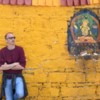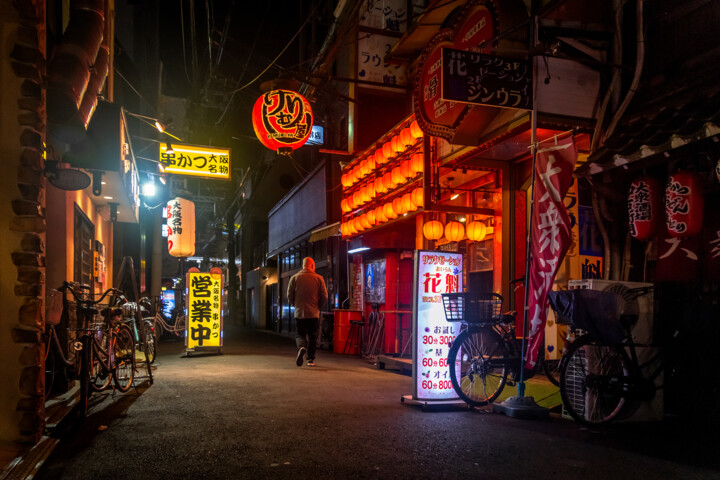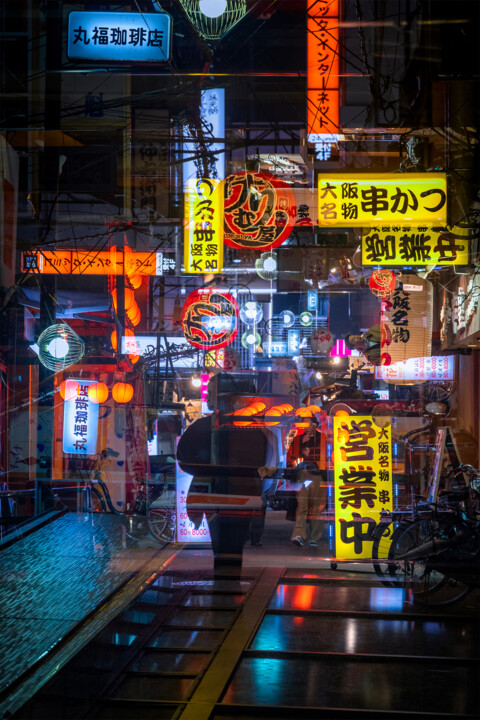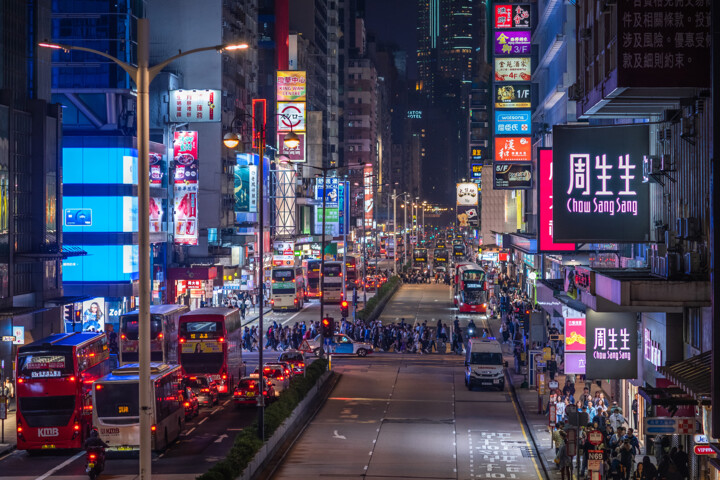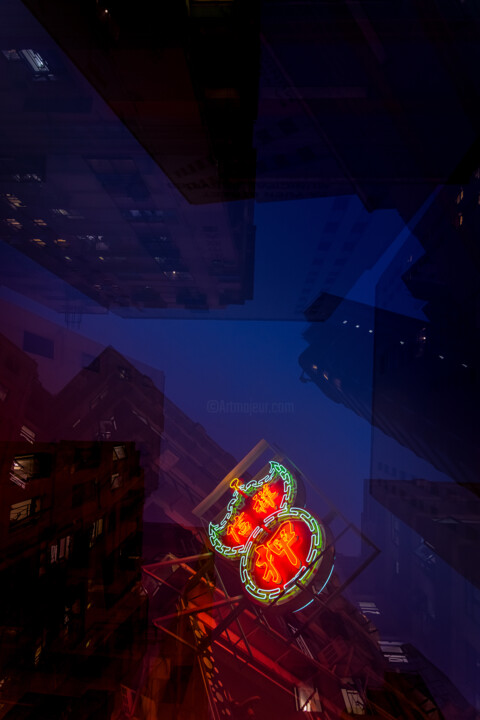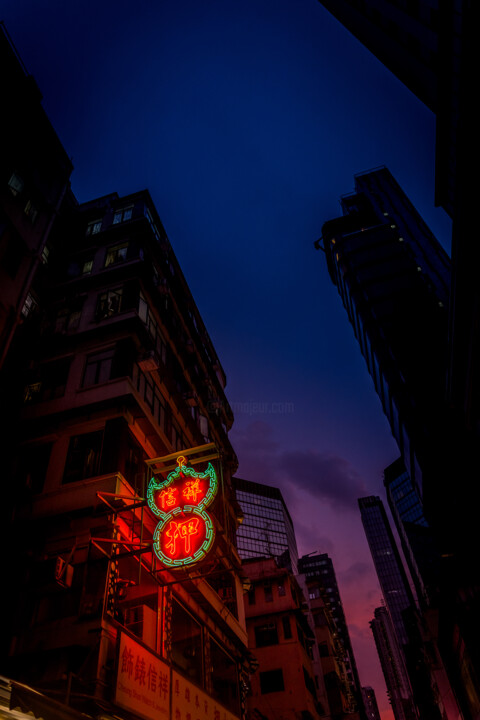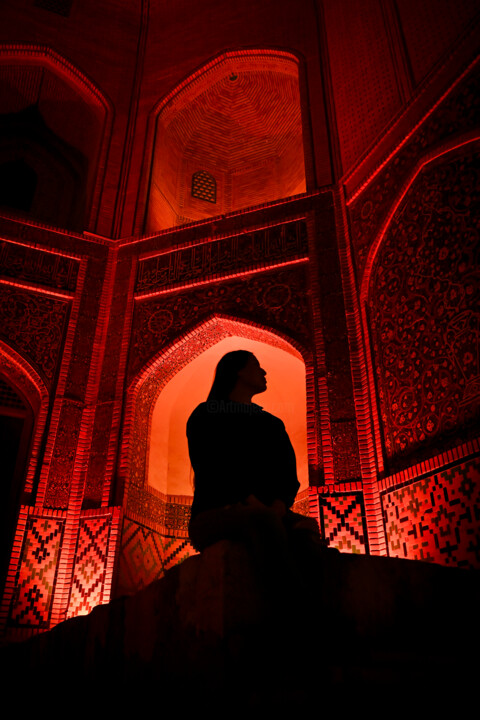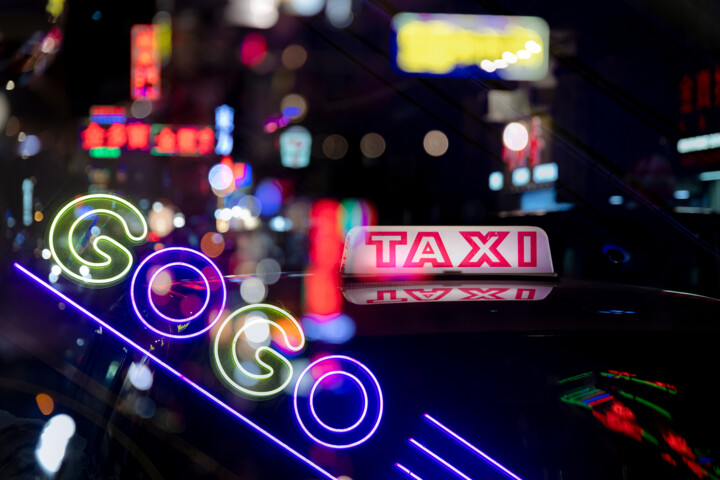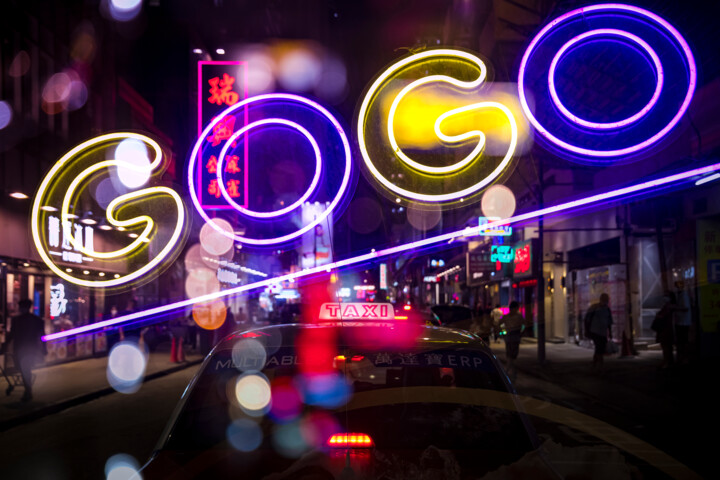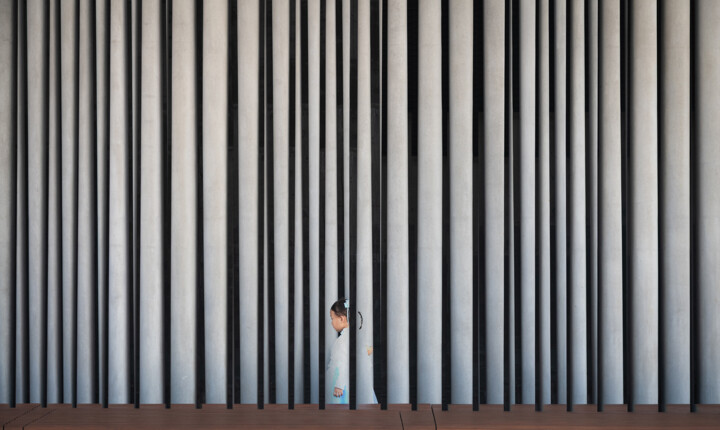What made you approach art and become an artist? (events, feelings, experiences...)
I’ve always had a strong sensitivity for arts since I was a kid and it accompanied me during the years. I have a degree in architecture, but for me it’s hard to consider it as a form of art: art is freedom, freedom to do what you really feel inside and express it without constraints of any sort, and unfortunately architecture doesn’t give you this freedom. That’s probably the reason why I started having the need to express my creativity in a different way.
What is your artistic journey, techniques and subjects you have experimented with to date?
Beside my professional career as architect, years ago I started experimenting with oil paintings on canvas. My work back then was strongly influenced by surrealism and metaphysics, but eventually evolved in something totally different.
Years later I moved to Asia, where my passion for photography exploded. Now I’m mainly focusing on this form of art, trying to constantly improve myself.
What are 3 aspects that differentiate you from other artists, making your work unique?
I wouldn’t say my work is unique, but what makes it more personal is the use of bold colors, the reflections and my vision in general.
Where does your inspiration come from?
Hong Kong, the city in which I live, offers a great variety of scenarios to express your creativity as photographer, so the environment around me is definitely my main source of inspiration.
What is the intent of your art? What visions, sensations or feelings do you want to evoke in the viewer?
With my photos I try to explore aspects of modern life such as the impact of the technology on our lives or the progressive lack of communication between humans. I don’t create the shots with the intent to arouse a specific feeling in the viewers: I’d rather give them the freedom to give their interpretation to my work and have their own personal feeling about it.
What is the process of creation of your works? Spontaneous or with a long preparatory process (technique, inspiration from art classics or other)?
Even though most of the times I work on a specific project or give myself specific assignments, from time to time I also like to go out and shoot without any particular target in mind: every artist has his favorite artworks and it’s often in these occasions that I came out with some of the shots that I prefer.
What techniques do you prefer? If yes, can you explain it?
I mainly shoot my photos with the multiple exposure technique: it’s a way to overlap two or more photos together with different settings directly on my camera. Sometimes the results are unpredictable and it’s in these occasions that often the magic happens.
Sure, the modern softwares allow you to achieve the same (or even more accurate) results, but one of the beauty of this technique (at least in my opinion) is to experiment with it directly in camera, otherwise that’s not anymore what we call photography, but graphic.
Are there any innovative aspects to your work? Can you tell us which ones?
Playing with multiple exposure for sure is a technique that many photographers use, but I’d say is not one of the most common. Besides, it gives infinite creative possibilities, so the way I use it is definitely different from other photographers.
Do you have a format or medium that you are most comfortable with? If yes, Why?
When it comes to printing, I mainly use a 60x40cm format. Some of my works may have different proportions though and some clients ask for smaller or bigger format sometimes.
Where do you produce your work? At home, in a shared or private studio? And within this space how is your production organized?
Since I’m working with digital files, what I need is just a computer, so for the post-production of my shots I mainly work at home.
Does your work lead you to travel to meet new collectors, for shows or exhibitions? If so, what do you gain from it?
Unfortunately, travel hasn’t been an option during the last couple of years due to the pandemic. However, it did happen in the past that I participated in exhibitions in cities other than the one I lived and needless to say that these events, meeting other artists, etc. contribute a lot to your personal growth as artist.
How do you imagine the evolution of your work and your figure as an artist in the future?
In the future I will most likely move out from Hong Kong, so I guess the evolution of my work very much depends also by the place I’ll decide to move.
Since my work is hardly influenced by what surrounds me, I imagine I will probably have another way to tell that story, since every place is unique and the way I’m expressing myself now may not fit in the future. Besides, it’s inevitable that your vision changes during the years and I’m quite sure the work I will produce 10 years later will be totally different from what I’m doing now.
What is the topic, style, or technique of your latest artistic production?
I’m producing a series of nightscapes and cityscapes using multiple exposure, but lately I had the idea to experiment more and apply this technique to portraits and I think I’ll start doing it very soon: I’m very curious to see what result I can obtain shooting people in the night in such a mesmerizing city like Hong Kong.
Can you tell us about your most important exhibition experience?
I recently participated to some group exhibition, one in Rome and one in Athens, but I’m trying to organize my first solo exhibition and this will probably be the event I’ll be really proud of.
If you could have created a famous work in the history of art, which one would you choose? And why would you choose it?
It’s hard to choose, there are many, but if I have to pick one I’d say “Study after Velázquez's Portrait of Pope Innocent X” by Francis Bacon, I was always mesmerized by his ability to give back a sense of distress and anxiety, we don’t feel comfortable looking at his artworks and this painting in particular and I think that’s exactly what art has to do: being able to arouse emotions and feelings, not always positive...and this painting for sure it does its job!
If you could invite a famous artist (dead or living) to dinner, who would it be? How would you propose him/her to spend the evening?
Probably Giorgio De Chirico: I’d just sit in a comfortable living room talking about art and metaphysics with him with a bottle of Southern Comfort…but maybe going clubbing with Salvador Dalì would be much more fun!

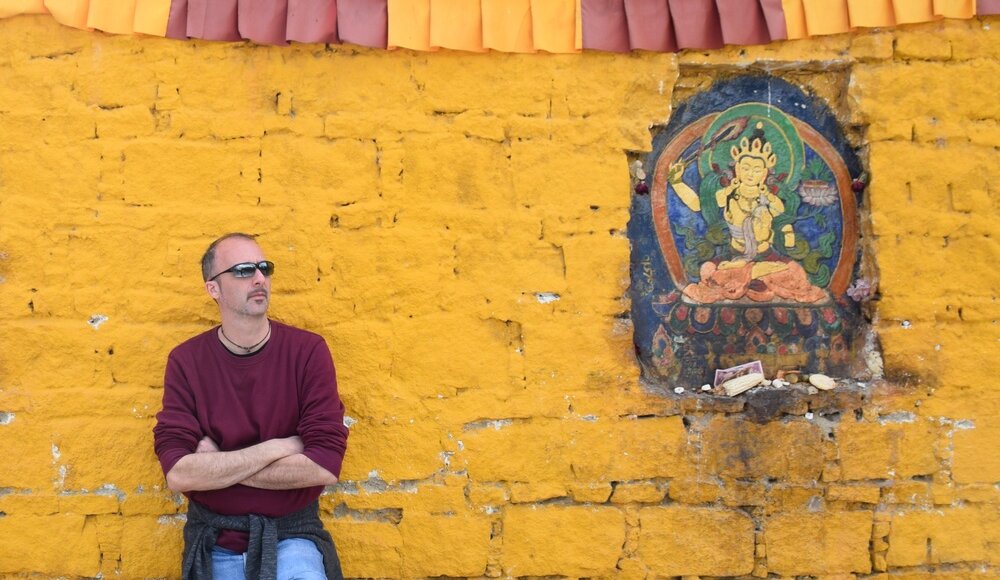



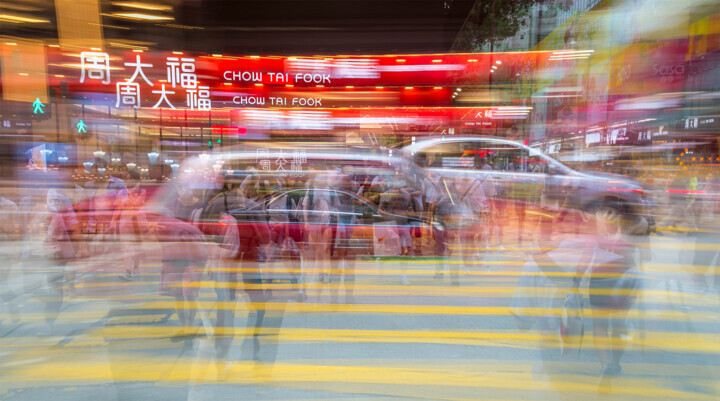

 Olimpia Gaia Martinelli
Olimpia Gaia Martinelli
